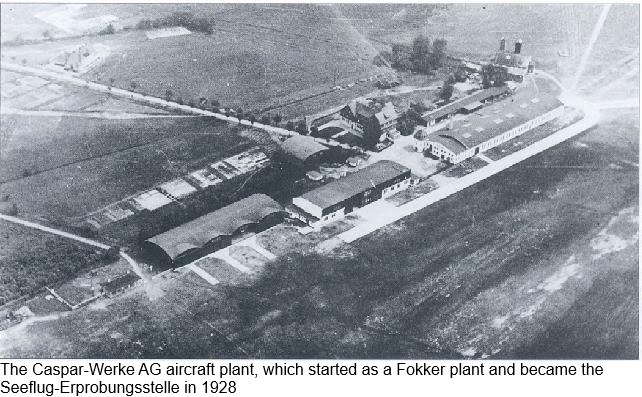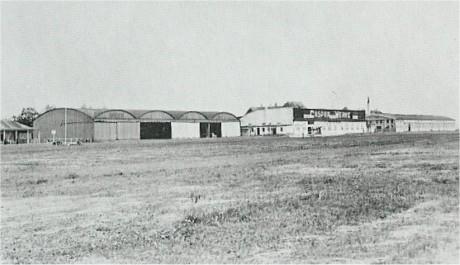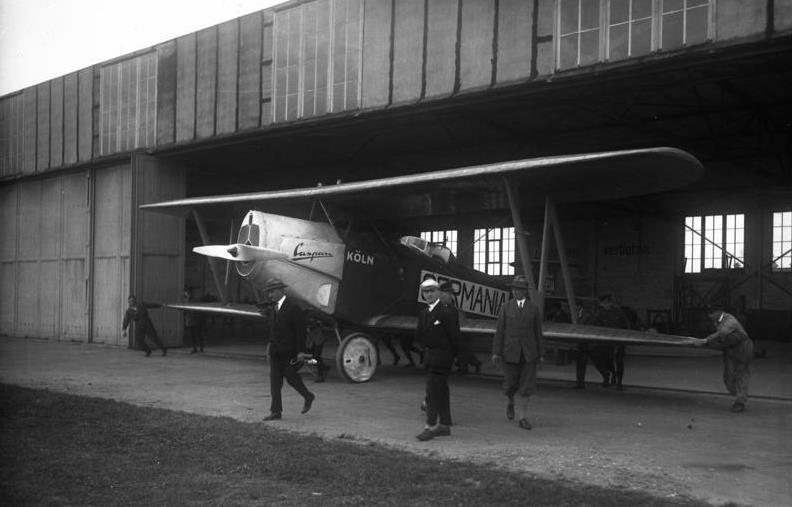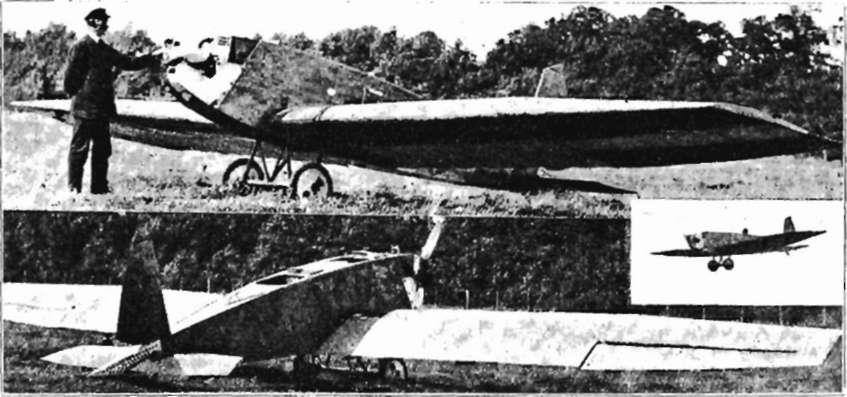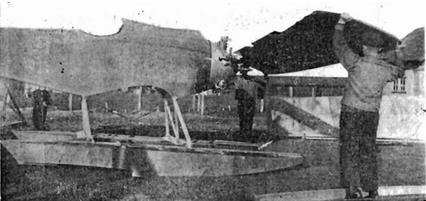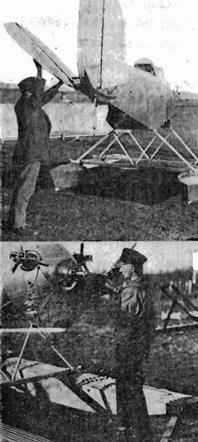Caspar-Werke AG was established in 1921 as a successor to the Hanseatischen Flugzeugwerke Karl Caspar AG, which since 1918 used the former Fokker-Werk at Lübeck-Travemünde. This company was already started in 1911 by Karl Caspar , merged with the Brandenburgischen Flugzeugwerken just before WW I to Hansa- und Brandenburgische Flugzeugwerke AG (HBF). Karl Caspar bought after leaving the military (He was the pilot of the plane that dropped the first bombs over England) back his company, started the company again in Hamburg 1917, changed the name in 1918 to Caspar Werke GmbH. In 1921 the part of the company in Travemünde-Priwall become an independant design office. Ernst Heinkel was the chief designer ( Designed the U1 and U2). He left the company in 1921 to start his own business. Karl Theiss was his successor, he quitted in 1924 and was replaced by Ernst von Loessl and later by Reinhold Mewes. In 1923 the company was changed to Caspar-Werke AG. Several designs took part in the Deutschlandsflug competitions. In 1927 the C 32 was built, one oft he first agricultural aircraft in the world. In April 1928 because of missing orders the company went into bankruptcy.
After the Versaille treaty Germany was not allowed to build aircraft for military use, parts were smuggeled abroad and built there. The swedish company Svenska Aero was the main builder. In the so called Lohmann-Affäre in 1927 it was discovered that the Caspar-Werke in 1926 because of its financial situation secretly was bought by a sham company owned by the Reichsmarine. After the shut down of the company the facilities were used by the Erprobungsstelle See.
The Caspar-Werke AG aircraft plant, which started as a Fokker plant and became the Seeflug-Erprobungsstelle in 1928
